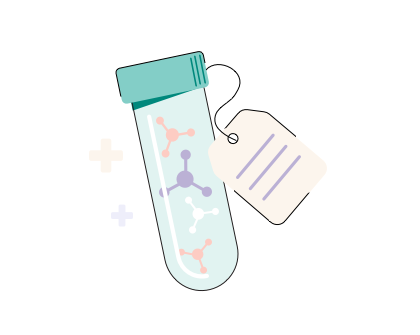Your doctor may want to see pictures of your prostate. This may reveal the size of the prostate and if there is a mass present. If there is cancer, the scan can show if it has spread. Information from imaging also contributes to the decision to perform a biopsy or not. However, imaging may not be needed if other tests show a lower risk that the cancer will spread
Common imaging tests include:
CT scan: A computed tomography (CT or CAT) scan uses x-rays to take pictures of the inside of the body. This test may include contrast, sometimes called contrast dye, which is injected into the bloodstream and makes vessels, organs, and other tissues stand out in images
MRI scan: A magnetic resonance imaging (MRI) scan uses radio waves and magnets to take pictures inside the body. Like a CT scan, MRI scans may also be done with contrast. In a multiparametric MRI (mpMRI), multiple scans without contrast are done, followed by an MRI scan with contrast
PET scan: A positron emission tomography (PET) scan uses a radioactive drug called a tracer, which is injected into a vein and shows where cancer cells are in the body
PSMA-PET: PSMA-PET imaging uses a tracer that targets prostate-specific membrane antigen (PSMA), which is produced by prostate cancer cells
Bone scan: Because prostate cancer may spread to the bones, it may be necessary to have a bone scan. After a radioactive tracer is injected into your bloodstream, a special camera takes photos of the tracer in your bones. Bone damage shows up as bright spots on the image
A combination of imaging techniques: Your doctor may order one or more of these tests





